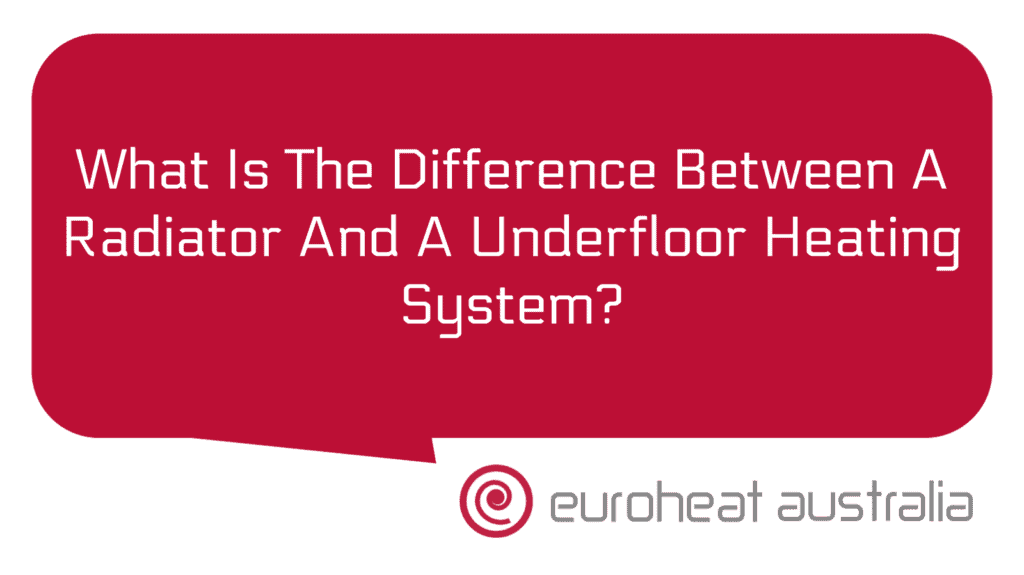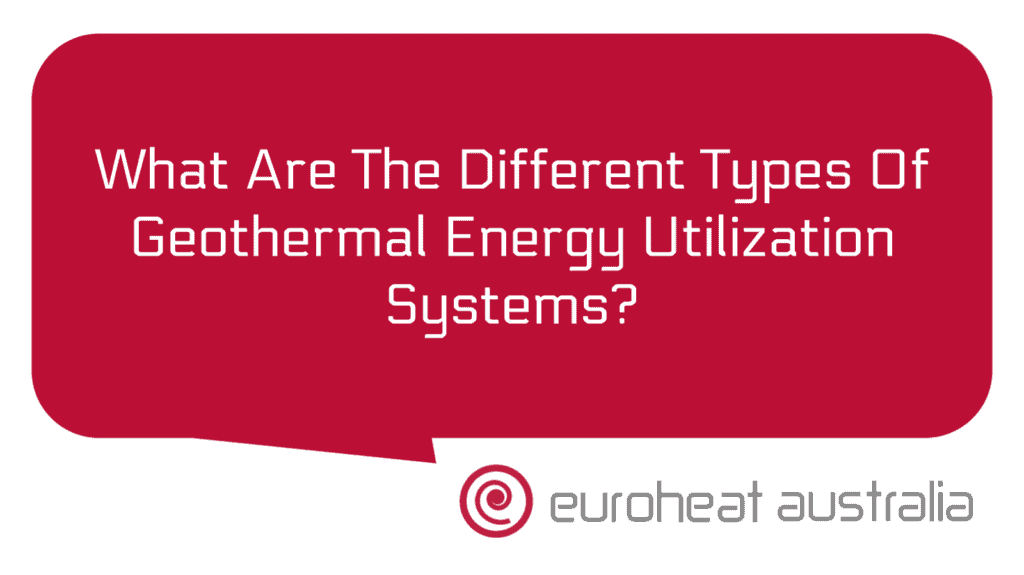Geothermal energy has been around for a long time, but its potential as a source of clean, renewable energy has only recently been realized. Geothermal energy is essentially the heat energy stored in the Earth’s crust, and it can be used to heat and cool homes and businesses. In Australia, geothermal energy is becoming increasingly popular due to its numerous benefits and cost savings.
When comparing geothermal energy to geothermal energy recovery systems (GERS), it’s important to understand the differences between the two. Geothermal energy is a form of natural renewable energy that comes from deep within the Earth’s crust. This type of energy is generated by the natural heat from radioactive decay and other sources deep beneath the surface of the Earth. Geothermal energy can be used for heating and cooling buildings, providing hot water, generating electricity, and more.
On the other hand, GERS are man-made systems that use existing underground sources of thermal energy to provide heating and cooling for buildings. GERS utilize heat pumps to transfer ground-source heat into a building or structure in order to provide efficient heating or cooling options. GERS are becoming increasingly popular due to their ability to reduce costs associated with traditional HVAC (heating, ventilation and air conditioning) systems as well as providing renewable sources of power. GERS also allow for improved indoor air quality when compared to traditional HVAC systems as well as reduced noise levels in comparison with conventional HVAC systems.
The benefits of installing a geothermal system are numerous; not only does it save money on monthly utility bills but also reduce greenhouse gas emissions by up to 40%. It is estimated that a typical household can save up to $2,000AUD per year on electricity bills when they install a geothermal system. Additionally, Geothermal systems require minimal maintenance over time which helps keep costs down even more.
The design and installation services provided by Euroheat Australia are specifically tailored towards Australian homeowners looking for reliable hydronic heating & cooling solutions with more than 30 years of experience in designing & constructing hydronic heating & cooling systems across Perth & Western Australia regionally. Their experienced engineers work closely with homeowners throughout every stage of design & installation process while taking into consideration their exact needs & budget limitations while ensuring optimal comfort levels are reached through their tailored designs & installations services across residential projects throughout Australia regionally.
Overall, both types of geothermal technology have their own advantages; however when considering which type would be best suited for your home or business needs there are several factors that need to be taken into account such as budget constraints and environmental impact considerations before making an informed decision on which option would be best suited for your needs going forward into 2021 across Australia regionally .





